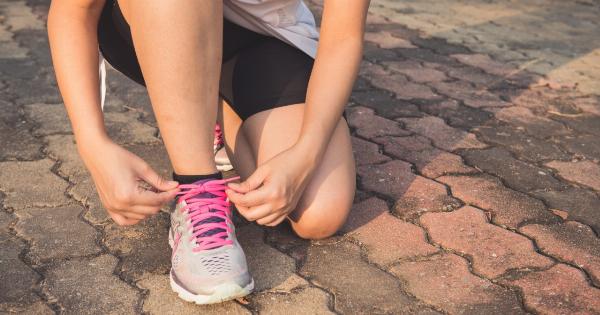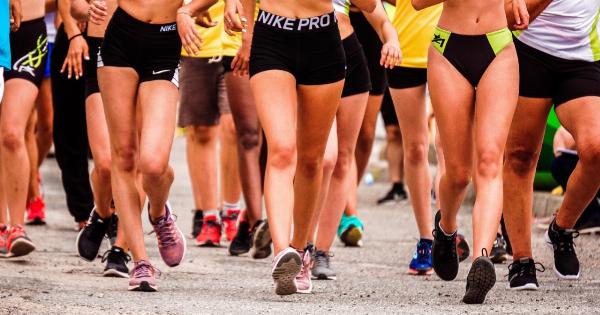Walking is a fundamental activity that humans have been performing for thousands of years.
It is a simple yet effective way of getting from one place to another, but have you ever stopped to consider whether you are walking correctly? In this article, we will delve into the intricacies of walking and explore the potential impact it can have on our overall health and well-being.
The biomechanics of walking
Walking is a complex movement that involves multiple joints and muscles working together in a coordinated motion. When we walk, our body weight is shifted from one leg to the other, allowing us to move forward.
This motion is facilitated by our skeletal system, which acts as a framework for our muscles and joints.
The importance of proper posture
Posture plays a crucial role in walking correctly. Maintaining good posture aligns our body properly, allowing for efficient movement and reducing the risk of strain or injury.
When walking, it is important to keep your head up, shoulders back, and spine straight. This alignment helps distribute the weight evenly and prevents excessive stress on certain muscles or joints.
Footwear and walking technique
Choosing the right footwear is essential for walking correctly. Ill-fitting shoes or those lacking proper support can lead to a range of issues, including foot pain, shin splints, and even back problems.
When selecting walking shoes, opt for ones that provide adequate cushioning, arch support, and a comfortable fit.
In addition to wearing suitable shoes, paying attention to your walking technique can greatly enhance your overall walking experience. Here are some tips to keep in mind:.
1. Stride length and cadence
While it may be tempting to take long strides to cover more ground, overly long strides can put excessive pressure on your joints, leading to discomfort and potential injury.
Aim for a comfortable stride length that allows you to maintain a natural gait. Similarly, maintaining a consistent cadence, or the number of steps per minute, helps ensure efficient movement.
2. Arm swing
Your arms play a significant role in maintaining balance and momentum while walking. Keep your arms relaxed and allow them to swing naturally with each step.
Avoid crossing them over your body or clenching your fists, as this can create unnecessary tension.
3. Heel-to-toe rolling motion
When your foot hits the ground, aim to strike with your heel first, followed by a rolling motion towards the toes. This helps distribute the impact and provides a smoother transition between steps.
Avoid landing on your toes or slamming your feet down too forcefully.
4. Postural alignment
As mentioned earlier, maintaining good posture is crucial. Keep your head up, shoulders relaxed, and spine aligned. Engage your core muscles to provide stability and support throughout your walk.
Avoid slouching or leaning forward, as this can strain your back and neck muscles.
Health benefits of walking correctly
Walking correctly offers a range of health benefits, both physical and mental. When done with proper technique, walking:.
1. Improves cardiovascular health
Regular walking can strengthen the heart, increase lung capacity, and improve blood circulation. It is an effective way to reduce the risk of cardiovascular diseases such as heart attack and stroke.
2. Helps maintain healthy body weight
Walking, especially at a brisk pace, burns calories and can aid in weight management. It helps build muscle, increase metabolism, and reduce body fat, contributing to a healthier body composition.
3. Enhances joint and muscle health
A properly executed walking technique promotes the optimum use of muscles and joints, reducing the strain on specific areas. It can alleviate joint pain, improve flexibility, and strengthen the muscles supporting these joints.
4. Boosts mental well-being
Walking, particularly in natural surroundings, has a positive impact on mental health. It reduces stress, anxiety, and depression while improving mood and overall cognitive function. It can also enhance creativity and problem-solving skills.
Conclusion
Walking is a simple activity that we often take for granted. However, understanding and applying the principles of proper walking technique can greatly enhance its benefits.
By incorporating good posture, choosing suitable footwear, and practicing the correct walking technique, we can maximize the overall impact of walking on our health and well-being.



























